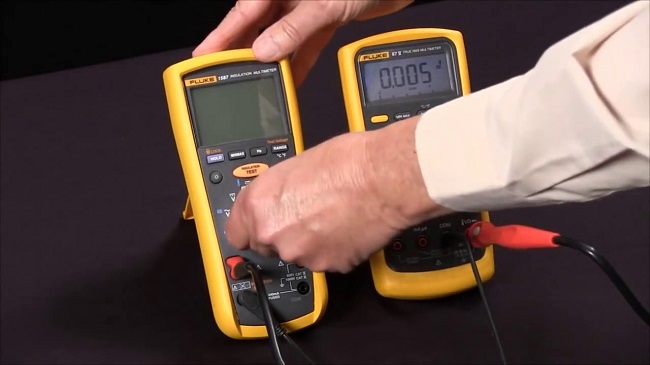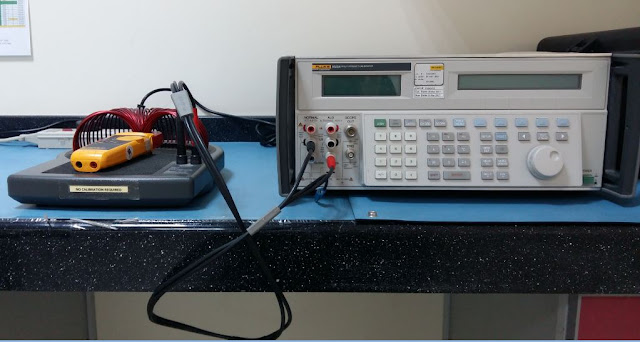Why Temperature Sensor Calibration is Vital for Food Safety?
Have you ever had food poisoning? It's not a pleasant experience. It's estimated that 1 in 6 Americans get food poisoning each year, and 5,000 of them die as a result. While many cases of food poisoning are mild, others can be deadly. One of the main causes of food poisoning is inaccurate temperature readings.
Why is Temperature Sensor Calibration So Important
- Why is Calibration Important?
Temperature Sensor Calibration is important because it ensures that your equipment is reading and displaying temperatures accurately. When temperatures are not calibrated correctly, you run the risk of serving food that is not safe to eat. For example, if you are using a thermometer to measure the temperature of food, but the thermometer is not calibrated correctly, you might end up serving food that is below the safe temperature for consumption. This could cause food poisoning and other serious health complications. Temperature Sensor Calibration is, therefore, an essential step in ensuring food safety.

- What Does Calibration Entail?
Temperature Sensor Calibration is the process of adjusting and correcting the reading on a temperature gauge to match a known or accepted value. In the foodservice industry, it's vital to ensure that your temperature gauges are calibrated properly, as inaccurate readings can lead to foodborne illness. The three most common types of Temperature Sensor Calibration are:
- Temperature Sensor Calibration of Equipment:
This type of calibration ensures that your equipment is reading temperatures accurately.
- Temperature Sensor Calibration of Processes:
This type of calibration makes sure that the processes you're using (e.g. cooking, chilling, freezing) are producing the correct results.
- Temperature Sensor Calibration of People:
This type of calibration makes sure that the people who are handling food are doing so at the correct temperature.
- Why is Calibration So Important for Food Safety?
Temperature Sensor Calibration is key for ensuring the safety of food products. When food temperatures are not accurately documented and monitored, harmful bacteria can grow and cause foodborne illnesses. That's why it's so important to have a calibrated food thermometer in your kitchen and to calibrate it regularly. A Dry-Block Calibrator is a perfect tool for Temperature Sensor Calibration, as it is highly accurate and easy to use. Make sure to keep your Fluke meter calibrated and your food safe!
- How Can You Ensure Proper Calibration?
A thermometer is only useful if it's calibrated correctly, and that's why Temperature Sensor Calibration is so important. You can't ensure proper food safety without accurate temperatures, so it's essential to calibrate your thermometers on a regular basis. Luckily, calibration is a simple process that only takes a few minutes. All you need is a calibration device and some calibration solutions. First, find the calibration points on your device and insert the appropriate calibration solution. Then, follow the instructions provided to complete the calibration process. It's that easy!
- How to Go About Getting A Calibration?
Temperature Sensor Calibration is important for a variety of reasons, but one of the most important is food safety. In order to ensure that food is kept at a safe temperature, it's crucial that your equipment is calibrated correctly. This means regularly checking and adjusting your machines as needed so that they're reading temperatures accurately. Most calibrations only need to be done every few months, but it's always a good idea to check with your manufacturer to see what their specific guidelines are. When it comes time for your calibration, make sure you choose a qualified and experienced technician. They'll be able to adjust your machines to the correct specifications and make sure they're reading temperatures accurately.
Conclusion:
Temperature Sensor Calibration and Dry-Block Calibrator are essential components to ensure that your food is being stored, cooked, and served at the correct temperature. This infographic will help you better understand the importance of calibration, what goes into it, and how you can ensure that your food is always safe to eat.


Comments
Post a Comment